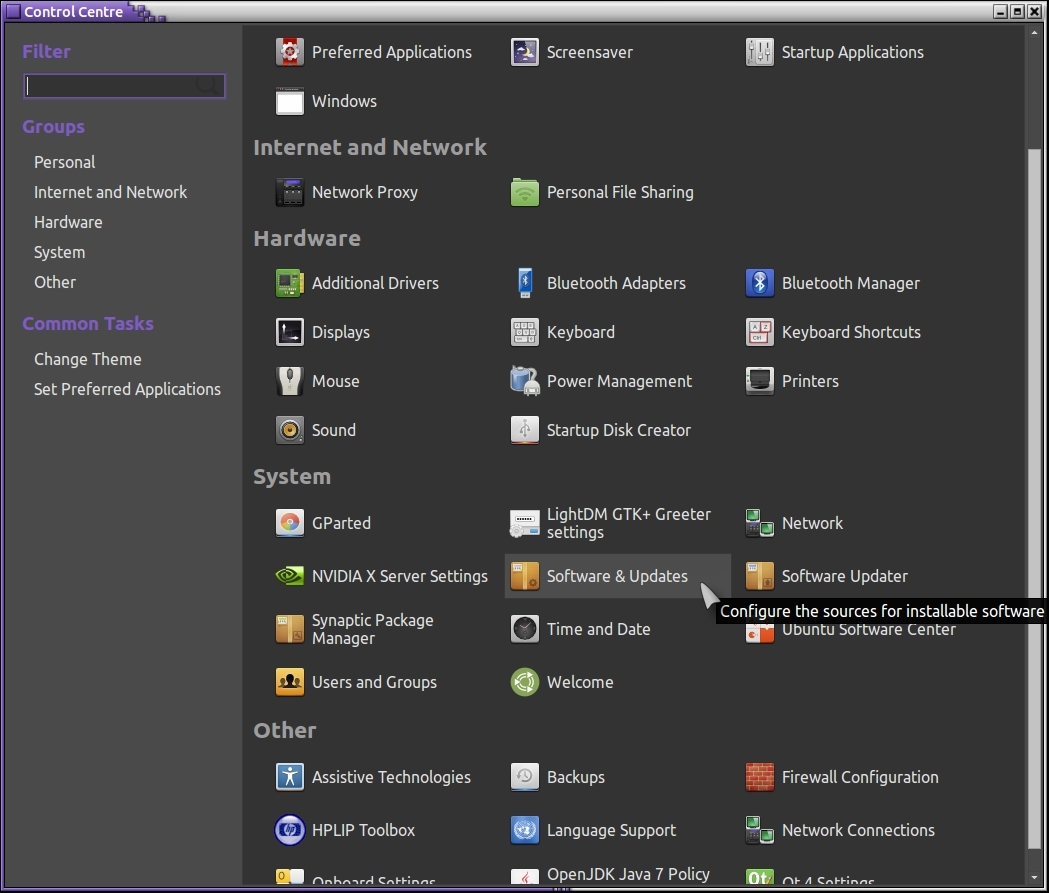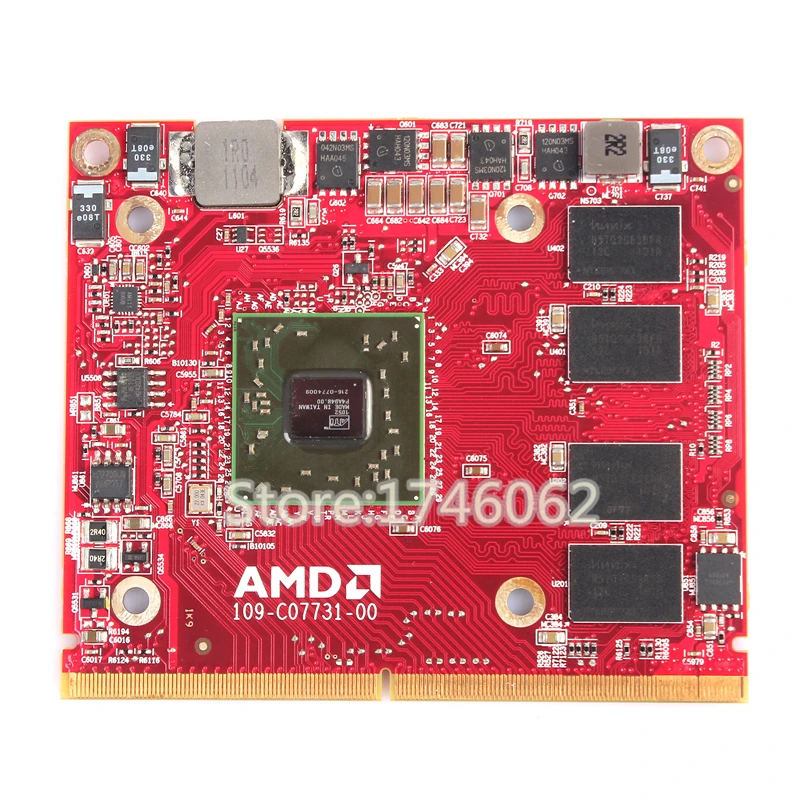A high-level overview of Advanced Micro Devices, Inc. Stay up to date on the latest stock price, chart, news, analysis, fundamentals, trading and investment tools. Intel Core i7-9700K: Core i9-9900K: 32GB Flash Drive & 32GB Micro SD Card: https://rebrand.ly/ppa. What Is Age-Related Macular Degeneration? Age-related macular degeneration (AMD) is an eye disease that may get worse over time. It’s the leading cause of severe, permanent vision loss in people. Find real-time AMD - Advanced Micro Devices Inc stock quotes, company profile, news and forecasts from CNN Business.
AMD defined

AMD is a leading cause of vision loss in the U.S. It destroys the macula, the part of the eye that provides sharp, central vision needed for seeing objects clearly. Prevalence estimates are on late AMD, involving neovascular AMD and geographic atrophy.
2010 U.S. age-specific prevalence rates for AMD by age and race/ethnicity
The risk of AMD increases with age. The disease is most common among older white Americans, affecting more than 14 percent of white Americans age 80 and older.
2010 prevalence rates of AMD by race
White Americans have the greatest likelihood of developing AMD. In 2010, 2.5 percent of white adults age 50 and older had AMD. By comparison, AMD affected 0.9 percent each of blacks, Hispanics and people of other races.
2010 U.S. prevalent cases of AMD (in thousands) by race/ethnicity
The majority of AMD cases occur among white Americans. In 2010, 89 percent of Americans with AMD were white. By comparison, black and Hispanic American populations each accounted for four percent of AMD cases.
2010 U.S. prevalent cases of AMD (in thousands) by gender
Women generally have a longer life expectancy than men and are therefore more likely to develop age-related eye diseases such as AMD. In 2010, 65 percent of AMD cases were in women compared with 35 percent in men.
Projections for AMD (2010-2030-2050)
By 2050, the estimated number of people with AMD is expected to more than double from 2.07 million to 5.44 million. White Americans will continue to account for the majority of cases. However, Hispanics will see the greatest rate of increase, with a nearly six-fold rise in the number of expected cases from 2010 to 2050.
Changes of cases between 2000 and 2010
As the proportion of people in the U.S. age 65 and older grows larger, more people are developing age-related diseases such as AMD. From 2000-2010, the number of people with AMD grew 18 percent, from 1.75 million to 2.07 million.
What is AMD?
Age-related macular degeneration (AMD) is an eye disease that can blur the sharp, central vision you need for activities like reading and driving. “Age-related” means that it often happens in older people. “Macular” means it affects a part of your eye called the macula.
AMD is a common condition — it’s a leading cause of vision loss for people age 50 and older. AMD doesn’t cause complete blindness, but losing your central vision can make it harder to see faces, drive, or do close-up work like cooking or fixing things around the house.
AMD happens very slowly in some people. Even if you have early AMD, you may not experience vision loss for a long time. For other people, AMD progresses faster and can lead to central vision loss in one eye or both eyes.
What are the symptoms of AMD?
As AMD progresses, many people see a blurry area near the center of their vision. Over time, this blurry area may get bigger or you may see blank spots. Things may also seem less bright than before.

Some people may also notice that straight lines start to look wavy. This can be a warning sign for late AMD. If you notice this symptom, see your eye doctor right away.
Am I at risk for AMD?
Your risk for AMD increases as you get older. People over age 60 are more likely to have AMD. The risk for AMD is also higher for people who:
- Have a family history of AMD
- Are Caucasian
- Smoke
If you are at risk for AMD because of your age, family history, or other factors, it’s important to get regular eye exams. Early AMD doesn’t have any symptoms, so don’t wait for your vision to change!
How can I lower my risk for AMD?
Research shows that you may be able to lower your risk of AMD (or slow its progression) by making these healthy choices:
Quit smoking — or don’t start
Get regular physical activity
Maintain a healthy blood pressure and cholesterol levels
Eat healthy foods, including leafy green vegetables and fish
Did you know?
Late AMD can happen in one eye or both eyes.
If you have late AMD in only one eye, you may not notice any changes in your vision — but it’s still important to get your eyes checked.

Having late AMD in one eye puts you at higher risk of developing late AMD in your other eye.
How will my eye doctor check for AMD?
Eye doctors can check for AMD as part of a comprehensive dilated eye exam. The exam is simple and painless — your doctor will give you some eye drops to dilate (widen) your pupil and then check your eyes for AMD and other eye problems.
If your doctor dilates your pupils, your vision may be blurry and sensitive to light for a few hours after the exam. It’s a good idea to ask a friend or family member to drive you home — especially if you’ve never had a dilated eye exam before.
Your doctor may also recommend doing a test called an optical coherence tomogram (OCT). This test lets the doctor see the back of your eye.
If you get an OCT test, your eye doctor will take pictures of the inside of your eye with a special machine. The machine won’t touch your eye. Your doctor may also dilate your pupils as part of an OCT test.
What’s the treatment for AMD?
There’s currently no treatment for early AMD, so your eye doctor will probably just keep track of how your eyes are doing with regular eye exams. Eating healthy, getting regular exercise, and quitting smoking can also help.
Amd Radeon Software

If you are diagnosed with intermediate or late AMD, ask your eye doctor about treatment options and how the condition may affect your vision in the future.
Amd Drivers
If you have intermediate or late AMD, special dietary supplements (vitamins and minerals) may be able to stop it from getting worse.
For people with a type of late AMD called “wet” or neovascular AMD, there are other treatments that may be able to stop further vision loss:
Medicines called anti-VEGF drugs that the doctor injects in your eye
Laser treatment, called photodynamic therapy (PDT)
How do I live with vision loss from AMD?
Not everyone with AMD develops late AMD or gets it in both eyes. But if you do, living with vision loss from AMD can be challenging. Having low vision means that even with glasses, contact lenses, medicine, or surgery, your vision loss makes it hard to do everyday tasks.
The good news is, there are things that can help — like low vision devices and rehabilitation (training) programs.
What is the latest research on AMD?
Scientists are studying what causes AMD and how we can treat it better.
AMD Resources
